German Court Bans Tesla's ‘Misleading' Ads About the Company's Self-Driving Capabilities
【Summary】Germany has banned Tesla from repeating what a court says are “misleading” advertising statements relating to the capabilities of its Autopilot driver assistance system, a Munich court ruled on Tuesday.

Tesla Chief Executive Elon Musk has been known to make some exaggerated claims about the capabilities of Tesla's Autopilot automated driving feature for the past several years. Last year, Musk boasted that Tesla's Autopilot automated driving feature was "vastly ahead of everyone," including Waymo, the self-driving arm of Alphabet that spun out of Google's self-driving car project.
While Tesla's Autopilot is a highly advanced automated driving system, its not considered to be "self-driving" even though Tesla advertises its as offering "Full Self-Driving Capability'' on Tesla's U.S. website. In Germany, however, officials are cracking down on Tesla's verbatim when it comes to advertising its Autopilot feature.
Germany has banned Tesla from repeating what a court says are "misleading" advertising statements relating to the capabilities of the firm's driver assistance systems and to autonomous driving, a Munich court ruled on Tuesday.
The case was brought by Germany's Wettbewerbszentrale, an industry sponsored body tasked with policing anti-competitive practices in a variety of sectors, including the automotive industry, healthcare and the food and beverage industry.
The Munich court agreed with Wettbewerbszentrale's assessment and banned electric automaker Tesla from including "full potential for autonomous driving" and "Autopilot inclusive" in its German advertising materials.
The court ruled that Tesla's advertising is misleading and that the average buyer might be giving the impression that Tesla's Autopilot system can safely operate the car without human intervention. The court also believes that the ads suggest that such systems are now legal on Germany's roads.
Tesla's autopilot system has also drawn criticism from U.S. regulators as well. The use of Tesla's Autopilot has sparked several high-profile investigations by the National Transportation Safety Board (NTSB) after fatalities resulted from crashes involving Tesla vehicles operating using the automated driving feature on the highway.
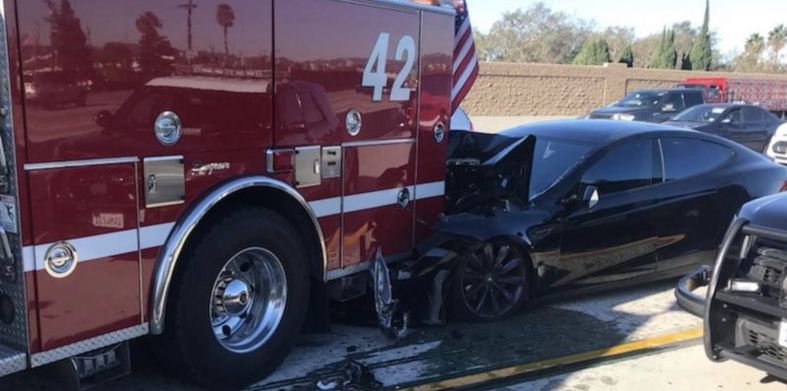
In Jan 2018, a Tesla Model S plowed into a fire truck on Interstate 405 in Culver City, California prompting a NTSB investigation of Tesla's Autopilot.
U.S. consumer watchdog organization Consumer Reports also tested Tesla's Navigate on Autopilot system last year and determined it to be far worse than a human driver. The organization wrote that using it could be a "potential safety risk for drivers" after thoroughly testing in a variety of environments.
Tesla's used to describe its Autopilot system as "Autosteer", which led to drivers leaving their hands off the wheel for an extended period of time. Teslas was forced to make changes to its Autopilot system since its introduction to make sure a driver's hands were on the wheel and that they were paying attention to the road ahead.
Tesla's vehicle now uses input from the steering angle sensor to verify that a driver's hands are on the wheel. The sensors can detect the slightest movement from the weight of the driver's hands. If the system determines the lack of steering wheel input, the system prompts the driver with an audible alert. If a driver doesn't respond the Autopilot system automatically disengages.
Concerns have grown about advanced driver assistance systems (ADAS) that can perform driving tasks for extended stretches with little or no human intervention, tempting drivers to lose focus not maintain control of their vehicles at all times.
Tesla has said it has informed customers that its automated driver assistance technology did not amount to a fully autonomous driving system, although its advertised as "Full Self-Driving Capability." The optional feature is kept updated via over-the-air software updates, allowing Tesla to roll out incremental improvements.
The latest "Navigate on Autopilot" option costs an extra $8,000 on the Model S sedan sold in the U.S.
Musk is promising even more autonomous driving capability for future Tesla models.
Earlier this month Musk said that Tesla is close to making its cars capable of the highest level of automated driving—Level 5 autonomy. According to SAE International (SAE), Level 5 autonomous systems are "fully self-driving" and don't require any human intervention whatsoever.
In reality, such a system is still years away, but it reinforces the German court's position on bold claims by Tesla surrounding its Autopilot. However, Tesla can still appeal the ruling if it chooses.
Tesla released the first version of Navigate on Autopilot in 2018. The system keeps the car centered in a lane and controls its speed, maintaining a set distance from other vehicles. Musk claimed at the time that it would make driving "more relaxing, enjoyable and fun."
The latest update to Navigate on Autopilot allows the driver to grant permission so that the vehicle can change lanes automatically, but Consumer Reports found that it lagged behind a human driver's abilities in more complex driving scenarios.
So far, Tesla has not commented on the court's ruling.
resource from: Reuters
-

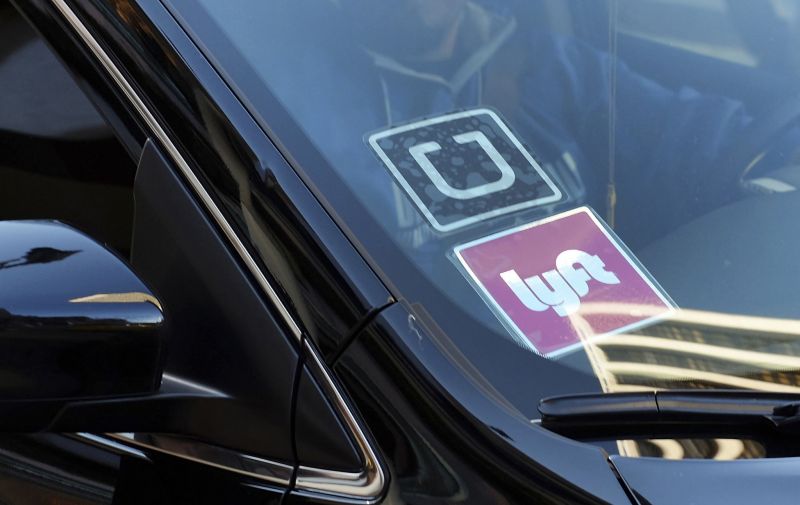
Uber & Lyft Preparing to Suspend Their Ride-Hailing Service in California Over Labor Dispute
-

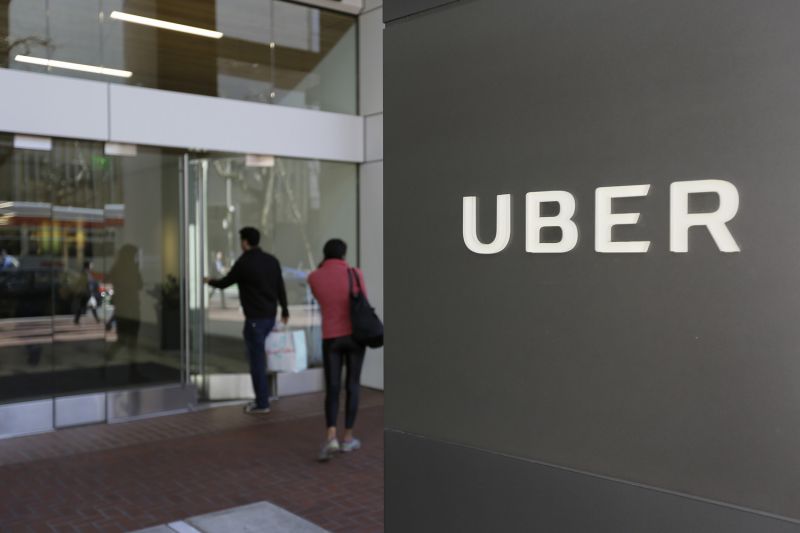
Uber CEO Says the Company Might Suspend its California Operations if a Court’s Decision Forcing it Classify Drivers as Full-time Employees is Not Overturned
-

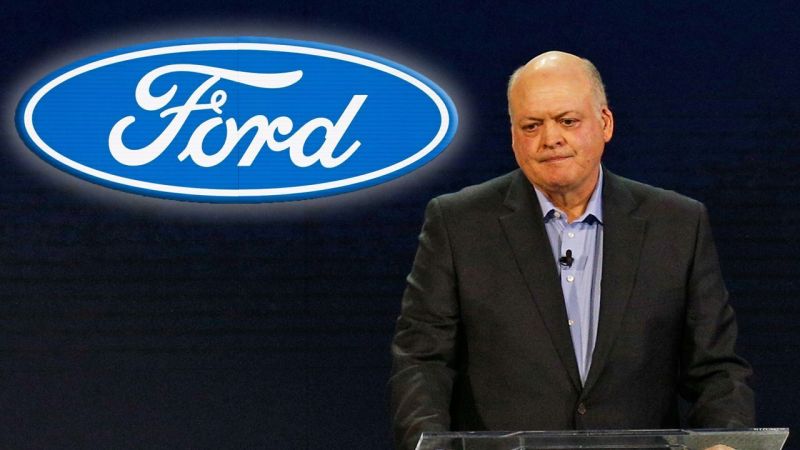
Ford Motor Company Chief Operating Officer Jim Farley Will Take Over as CEO, Jim Hackett to Retire
-

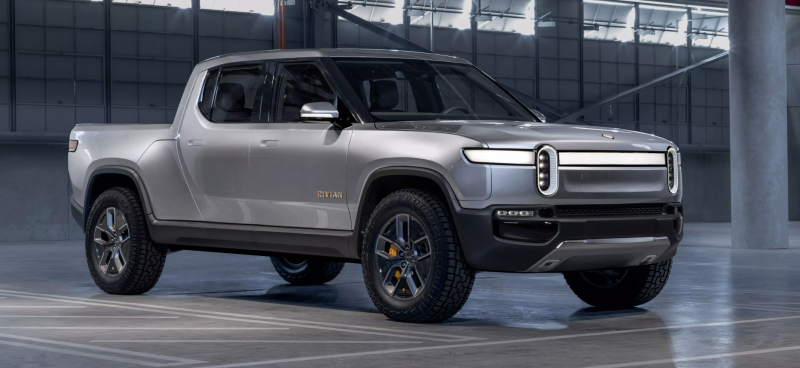
Tesla Sues Electric Truck Startup Rivian for Stealing Trade Secrets
-

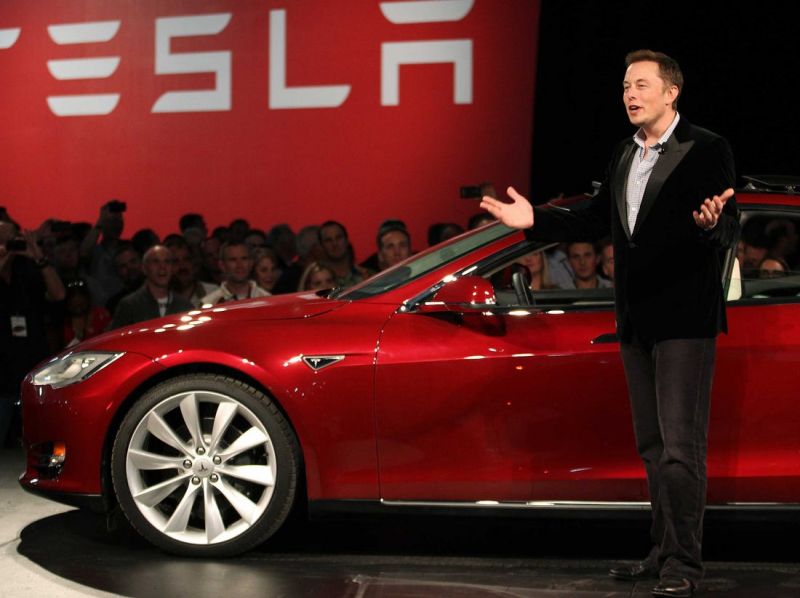
Tesla is ‘Very Close’ to Level-5 Autonomous Driving, Chief Executive Elon Musk Says
-

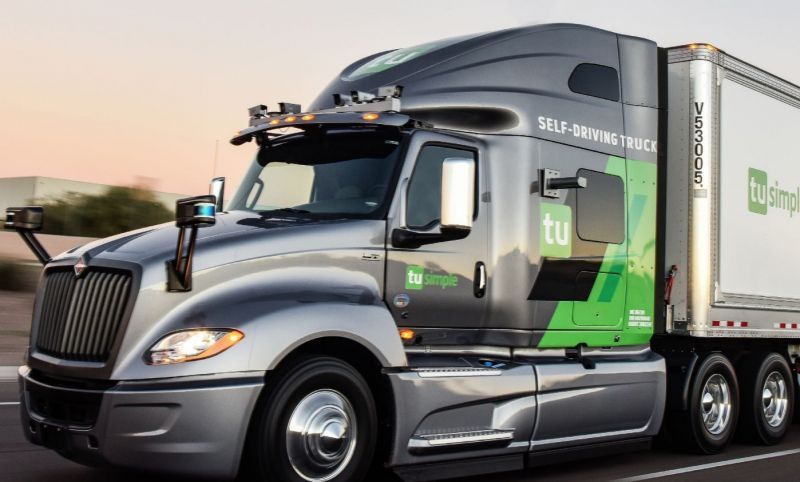
TuSimple Launches the World’s First Autonomous Freight Delivery Service
-

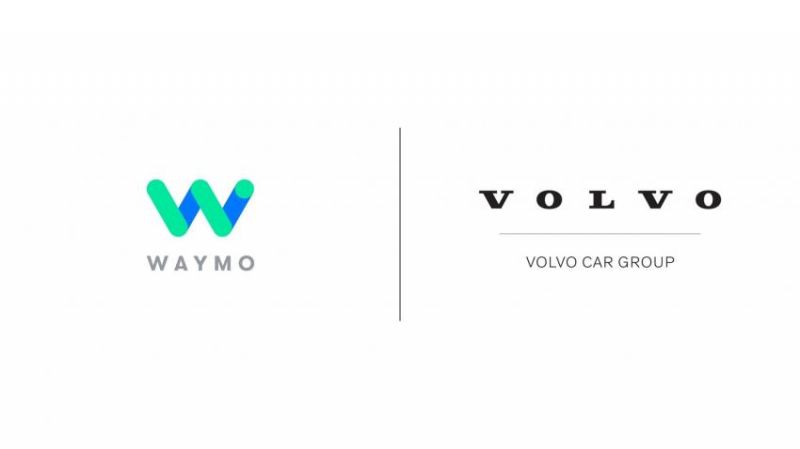
Volvo Car Group is Partnering With Waymo to Develop Robotaxis
-

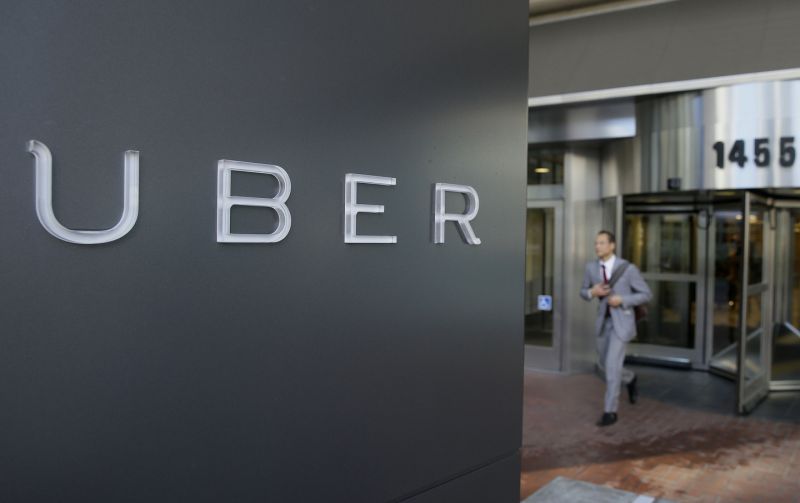
Toyota Investing $500 million in Uber to Develop Driverless Cars
- Ford CFO Claims Inflation Has Erased Mustang Mach-E Profits
- Here’s How Waymo Uses Hyper-Local Weather Data to Improve the Capabilities of its Self-Driving Vehicles
- Honda and LG Energy Solutions to Build a $4.4 Billion Joint Venture EV Battery Plant in the U.S.
- Good Time to Buy Into China's EV Industry
- Qualcomm and its Industry Partners Demonstrate C-V2X Technology in Georgia That Ensures School Buses and Fire Trucks Never Get Stuck at Red Lights
- Tesla Rival NIO Reports a Record 31,607 Electric Vehicles Deliveries in Q3 as Demand Grows
- Uber and its Technology Partner Aurora to Expand Autonomous Trucking Pilot in Texas
- Volvo’s Brand Polestar Confirms That the Polestar 6 Electric Roadster Will Enter Production and Launch in 2026
- BorgWarner Invests $500 Million in Wolfspeed Inc, a Developer of Semiconductors and Silicon Carbide Devices for Electric Vehicles
- Valeo Signs Major Deal with BMW to Supply Advanced Driver Assist Hardware for the Automaker's Forthcoming 'Neue Klasse' EV Platform











 About Us
About Us Contact Us
Contact Us Careers
Careers